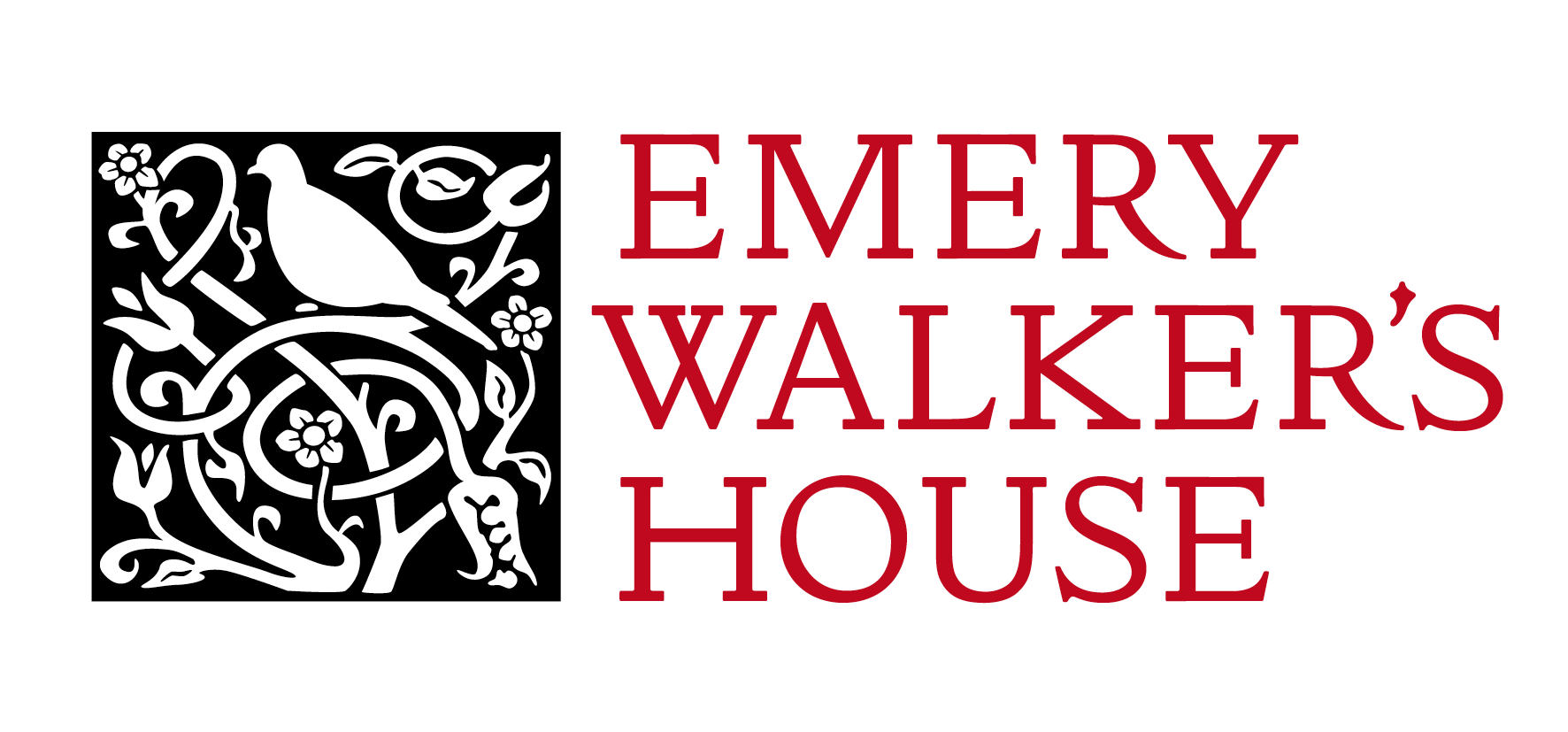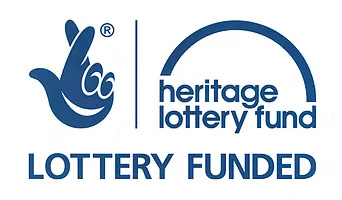
Pete Floud, in The Wallpaper Designs of William Morris, places William Morris’s early wallpapers in the context of the rather exuberant designs of the 1840’s having given way to changes inspired A W N Pugin and Owen Jones, who developed more formal designs with flowers, birds and trees represented in conventionalised forms in flat looking patterns. Morris’s early 1860’s designs Trellis, Fruit and Daisy showed a return to more naturalistic and three dimensional forms but, Lesley Hoskins suggests, associated with the informal medievalism of Morris’s firm. (V&A catalogue 1996)
In the early 1870’s when Jasmine was designed, Floud writes that Morris’s patterns exhibited a ‘straightforward naturalism in the delineation of detail and ‘a luxuriant intertwining’ in the structure of the design….their main beauty lies in the skill with which Morris was able to superimpose a complex geometrical repeating framework on his stems and blossoms without in any way restricting the appearance of natural growth.’ Morris advocated in Some Hints on Pattern Designing the aim ‘ to mask the construction of our patterns enough to prevent people from counting the repeats’ and to retain an ‘air of satisfying mystery.’
Jasmine has a complex under pattern of hawthorne leaves, blossoms and branches on a disguised vertical meander upon which a scrolling tracery of jasmine delicately, but clearly defined, is superimposed. The two layers are so well integrated that the paper gives an effect from a distance of subtle broken colour with a shallow depth.
Printing wallpaper presented initial problems for Morris. After unsuccessful attempts using etched zinc plates and oil-based inks he outsourced the printing to Jeffrey & Co. in Islington using the the more traditional method of hand printing with wood-blocks. Morris had a close relationship with Metford Warner, the proprietor for Jeffrey & Co. from 1871 and did not feel the need to to take on the production of the wall paper himself as happened in the production of textiles and stained glass. Jeffrey & Co. continued to print Morris & Co wallpapers until 1927.
The blocks for printing the paper were cut by Barrett’s of Bethnal Green Road, London, who also later cut the blocks for Morris’s printed textiles. Morris dealt directly with them rather than via the printer. The pattern was traced onto the wooden block and the the areas not required for print were cut away. A separate block was used for each colour. Skill was needed by the cutter and George Wardle, manager of Morris & Co. recalled in his Reminiscences that ‘The cutter’s tracing was always submitted to Morris before it could be ‘rubbed off’.’ Metal strips or pins were hammered into the blocks for fine details like the dotting in Larkspur.
With the exception of special effects the printing medium was distemper, that is pigment carried in a water-based medium of size or whiting giving a somewhat thick and chalky effect. Many of the wide range of colours were manufactured chemically.
Each block used was dipped into the pigment and then pressed onto the roll of paper transferring a portion of the pattern. This is repeated along the roll taking great care that each impression is placed correctly alongside its predecessor. When the pigment is dry the next colour is printed in the same manner until the pattern is complete.
Printing records for Jasmine suggest difficulties as the original twenty blocks used were reduced to eleven.
Metford Warner of Jeffrey & Co. recalled in The Journal of the Society of Arts, 1898, that Morris took a great personal interest in production and allowed nothing to pass until he was quite satisfied that it was right both in colour and design.
By Barbara Lawrence





